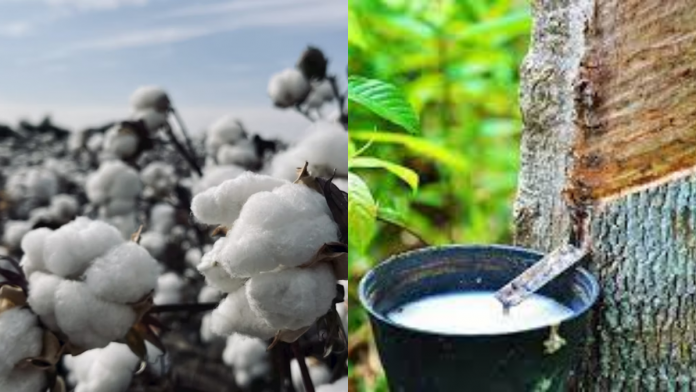News in Brief:
– The World Bank predicts a surge in the Agriculture Raw Material Price Index for January 2024, driven by a rebound in cotton prices and sustained demand for natural rubber.
– Cotton prices are expected to rise modestly with a 0.4% demand recovery, while natural rubber prices are set to increase by 4% in 2024, impacting global and local markets.
In a recent report, the World Bank has projected a noteworthy uptick in its Agriculture Raw Material Price Index for January 2024, indicating a potential surge in raw commodity prices globally. This follows a marginal decline of 1% in the last quarter of 2023, primarily attributed to fluctuations in cotton and natural rubber prices.
Cotton rebound amidst global shifts
Cotton prices, which experienced a 4% dip in Q4 2023 and a significant 27% drop throughout the year, are showing signs of recovery. The dip was fueled by an 8% decrease in global consumption linked to concerns about a slowdown in worldwide economic growth, the international financial institution explained. However, the ongoing season, starting August 2023, anticipates a slight recovery in demand by 0.4%.
Concurrently, global production is expected to decrease by approximately 1%, with major producing countries like China, India, and the United States facing production declines. Despite this, the global stock-to-use ratio remains relatively stable at 0.93 for the current season. Cotton prices are projected to rise modestly in response to increased demand.
Natural rubber demand rise
In contrast, natural rubber prices continued their ascent in January 2024, marking a 9% increase month-on-month. This rise is supported by robust demand, particularly in the auto sector, which constitutes a significant portion of global rubber consumption. Despite reduced tire production in key countries, global rubber demand increased by 1.4% in 2023, with notable growth in China, India, and Thailand compensating for declines elsewhere.
Weather-induced output declines in major suppliers like Thailand and Indonesia were partially offset by increases in India and Côte dâIvoire. The World Bank anticipates a further 4% increase in natural rubber prices in 2024, driven by a recovery in global consumption.
As these raw material prices surge, local farmers may experience both challenges and opportunities. Increased cotton prices may provide a boost for cotton-producing regions, while the rise in natural rubber prices could impact industries dependent on this essential material. The forecasted trends underscore the interconnectedness of global markets and the need for local farmers to adapt to changing economic landscapes.



